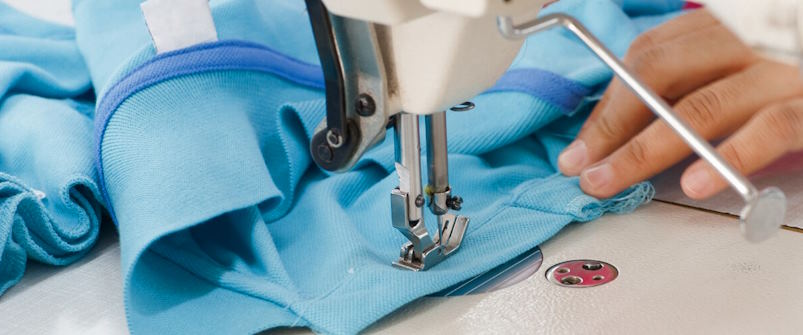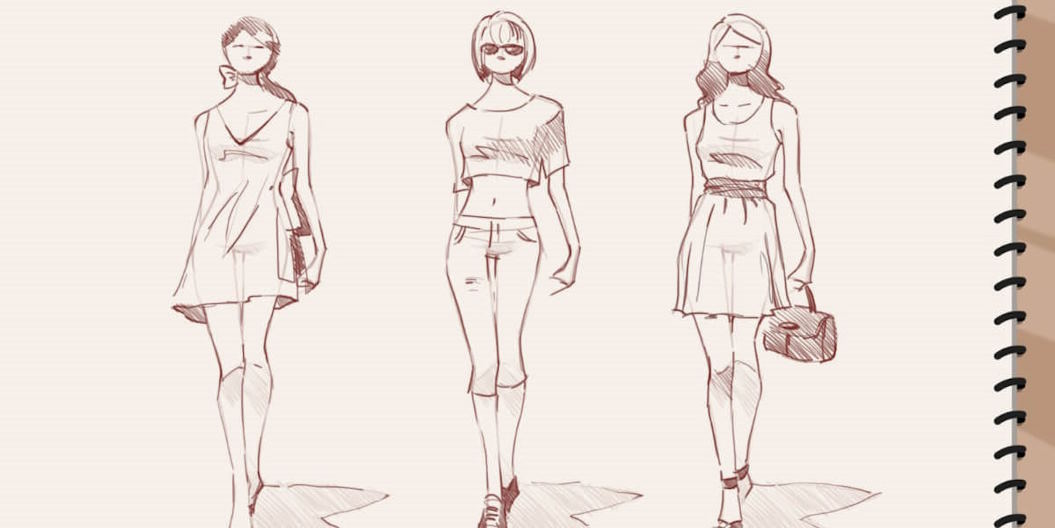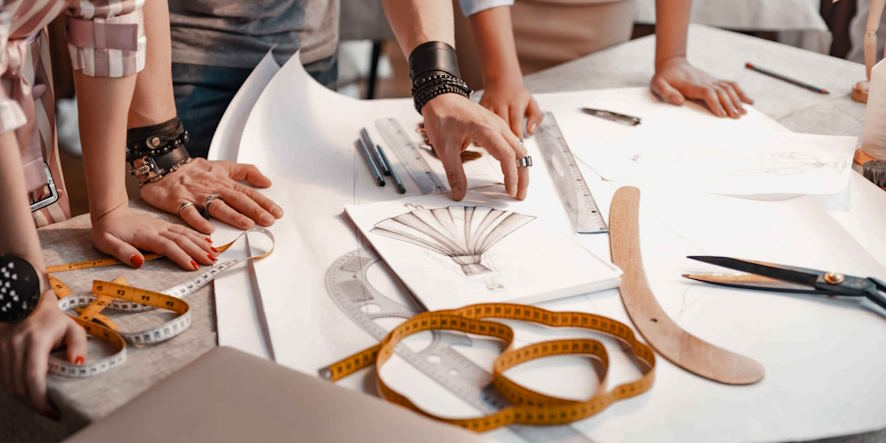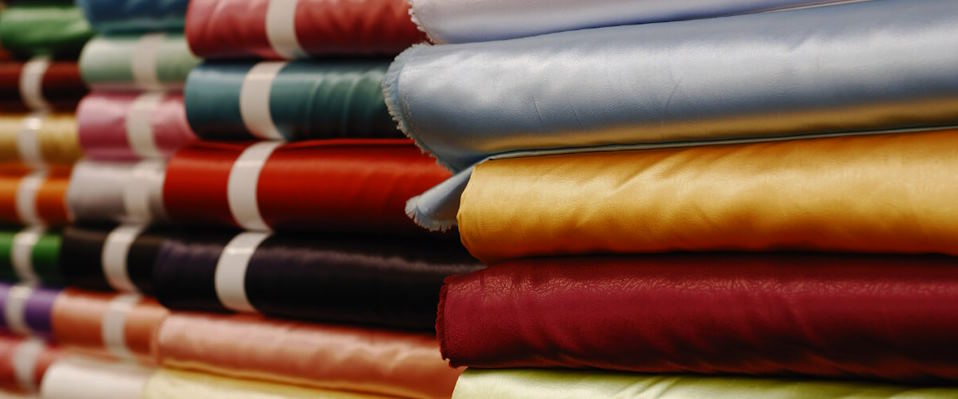Clothing manufacturing is a complex and intricate process involving a series of well-defined steps to transform design ideas into the garments we wear daily. Understanding these key steps is not only essential for aspiring fashion designers and industry professionals but also for consumers who wish to gain a deeper appreciation for the craftsmanship behind their favorite garments.
Can everyone manufacture the clothes?
While it is possible for anyone to manufacture clothes, the process requires specialized knowledge, skills, equipment, and resources. Technical expertise, access to equipment and infrastructure, reliable material sourcing, compliance with regulations, and considerations of scale, time, and cost are key factors. Therefore, outsourcing manufacturing to specialized clothing manufacturers or utilizing contract manufacturers can be viable alternatives for individuals or small businesses without the means to establish their manufacturing capabilities.
What are the key steps of clothes manufacturing?
Clothes manufacturing involves a series of interlinked steps that collectively transform design concepts into finished garments. Each step requires attention to detail, skilled craftsmanship, and quality control to ensure the creation of high-quality and well-fitting clothing. Let’s explore these key steps in detail:

Design and Development
The process begins with designers gathering inspiration from various sources and translating their ideas into sketches. These sketches serve as the foundation for creating precise patterns, which guide the cutting and construction of the garments.
Sample Making and Fitting
Prototyping is an essential step in the manufacturing process. Skilled pattern makers and sample sewers bring the designs to life by creating initial samples using the selected fabrics. These samples are fitted on models or mannequins to evaluate the fit, proportions, and overall appearance. Then, adjustments and alterations are made to achieve the desired fit and style.
Production Planning
Material sourcing is a critical aspect of production planning. Manufacturers procure the necessary fabrics, trims, buttons, zippers, and other components required for the garments.
Cost estimation is carried out to calculate the expenses involved in manufacturing, including materials, labor, equipment, and overhead. A detailed production timeline is developed, outlining the sequence of operations and setting deadlines for each stage.
Garment Construction
Cutting the fabric accurately based on the patterns is the first step in garment construction. Next, skilled workers stitch the fabric together using various sewing techniques and machines, bringing the garment to life. Finally, finishing touches, such as hemming, closures, linings, and branding elements, are added to complete the garment’s construction.

Quality Control
Ensuring the quality of the garments is of utmost importance. Each garment undergoes a thorough inspection to identify flaws, inconsistencies, or defects. Skilled quality control personnel meticulously examine the garments’ stitching, fabric quality, construction, and overall appearance. Corrective measures are taken to address any identified issues, ensuring the garments meet the desired quality standards.
Scaling Production
Once the initial samples pass quality control, the manufacturing process is scaled up to produce larger garments. It involves replicating the steps involved in garment construction across multiple units or production lines. Collaboration with manufacturers helps streamline production, maintain consistency, and meet the demands of large-scale manufacturing. Strict quality control measures are upheld throughout the process to ensure consistent quality across all garments.
Understanding these key steps provides insight into the intricate process of clothes manufacturing, from the initial design stage to the creation of finished garments. In addition, it highlights the importance of meticulous craftsmanship, attention to detail, and quality control at every stage to deliver clothing that meets the expectations of both designers and consumers.



